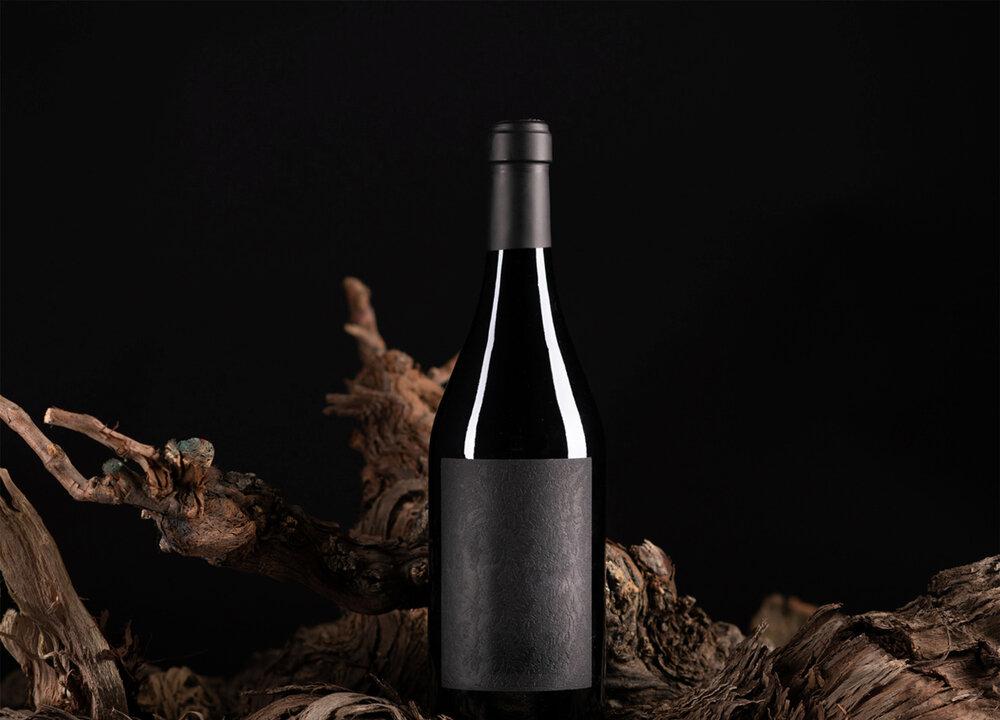To a passionate oenophile, making one’s own wine ranks high among life achievements but is often filed under “not likely to happen.” However, the good news is that this goal may be easier to attain than expected, as there are many options to consider that don’t require buying 1,000 acres of grapevines in Italy.
To start making wine, one must develop and then stick to a plan. But before the plan can be developed, there are questions to be answered that will help shape the overall project. The most important thing to decide is the volume of wine desired, followed by how much time and capital can be allocated to the project. If the answers are something along the lines of, “a few cases for personal consumption” and “a few hours per week and maybe a few hundred dollars,” the planning can then move forward. If the answers are “create a brand to be sold to wine lovers” and “as much time and money needed to make it a reality,” a very different plan will begin to take shape. The good news is there are no wrong answers—there are options for pretty much any level of commitment.






